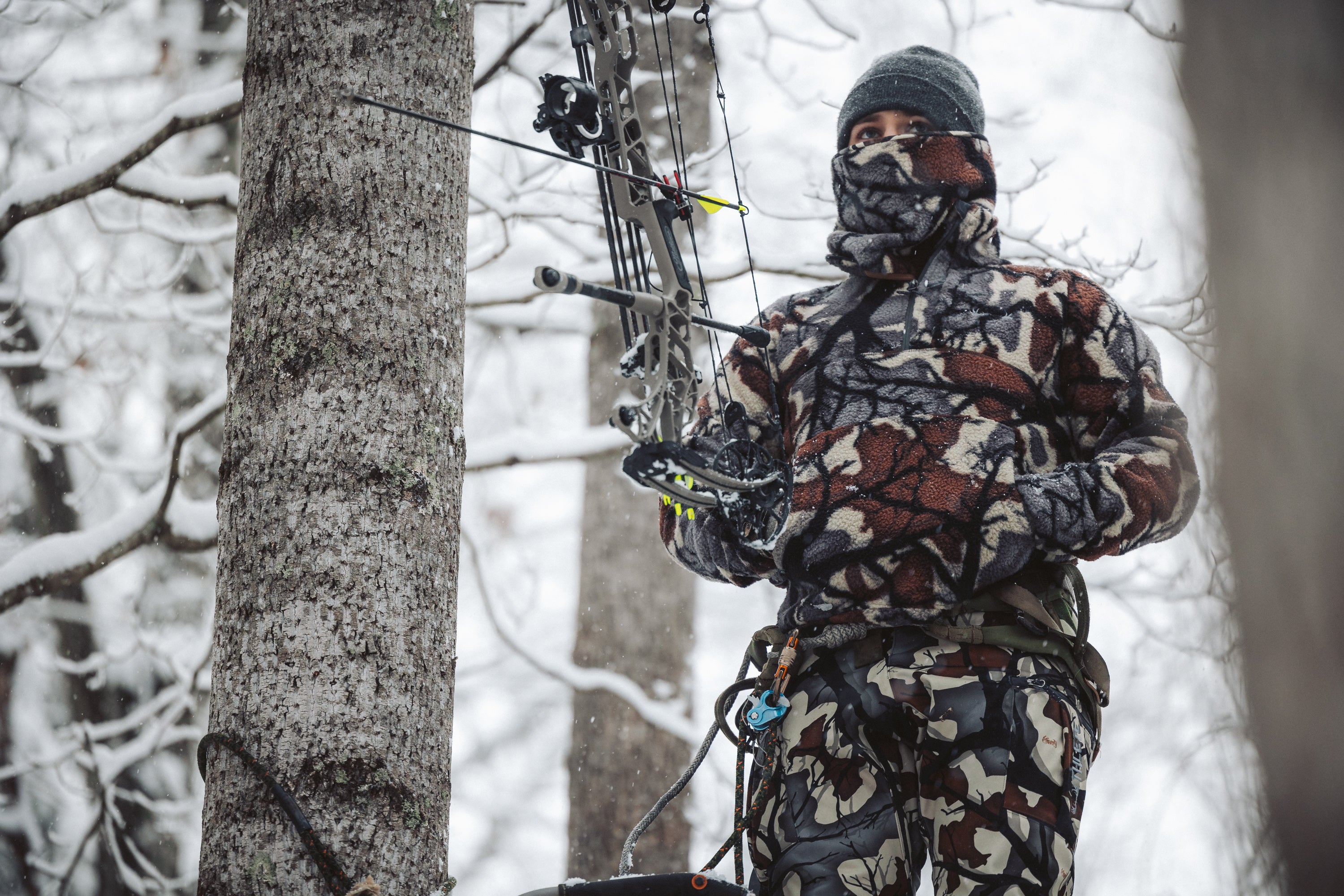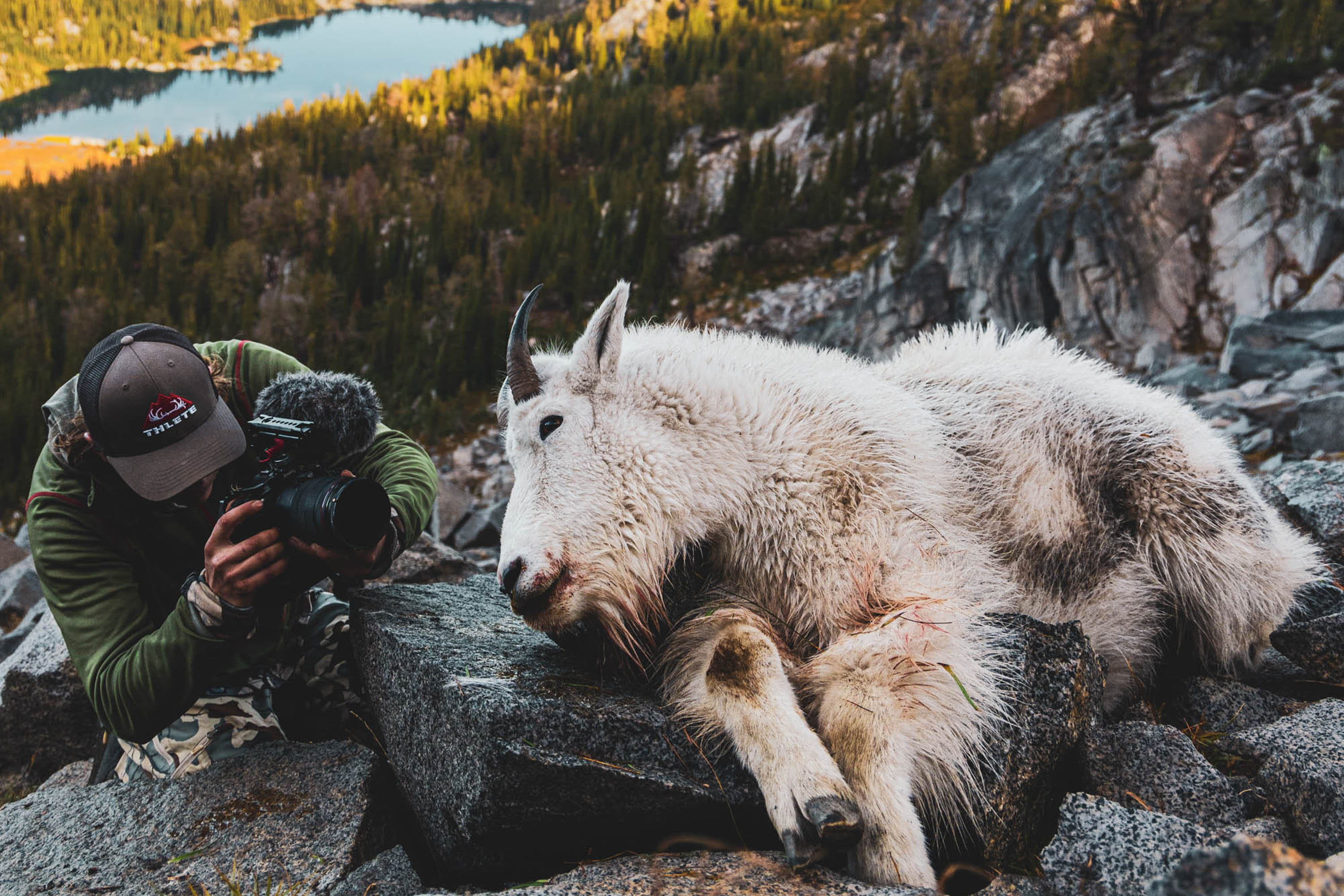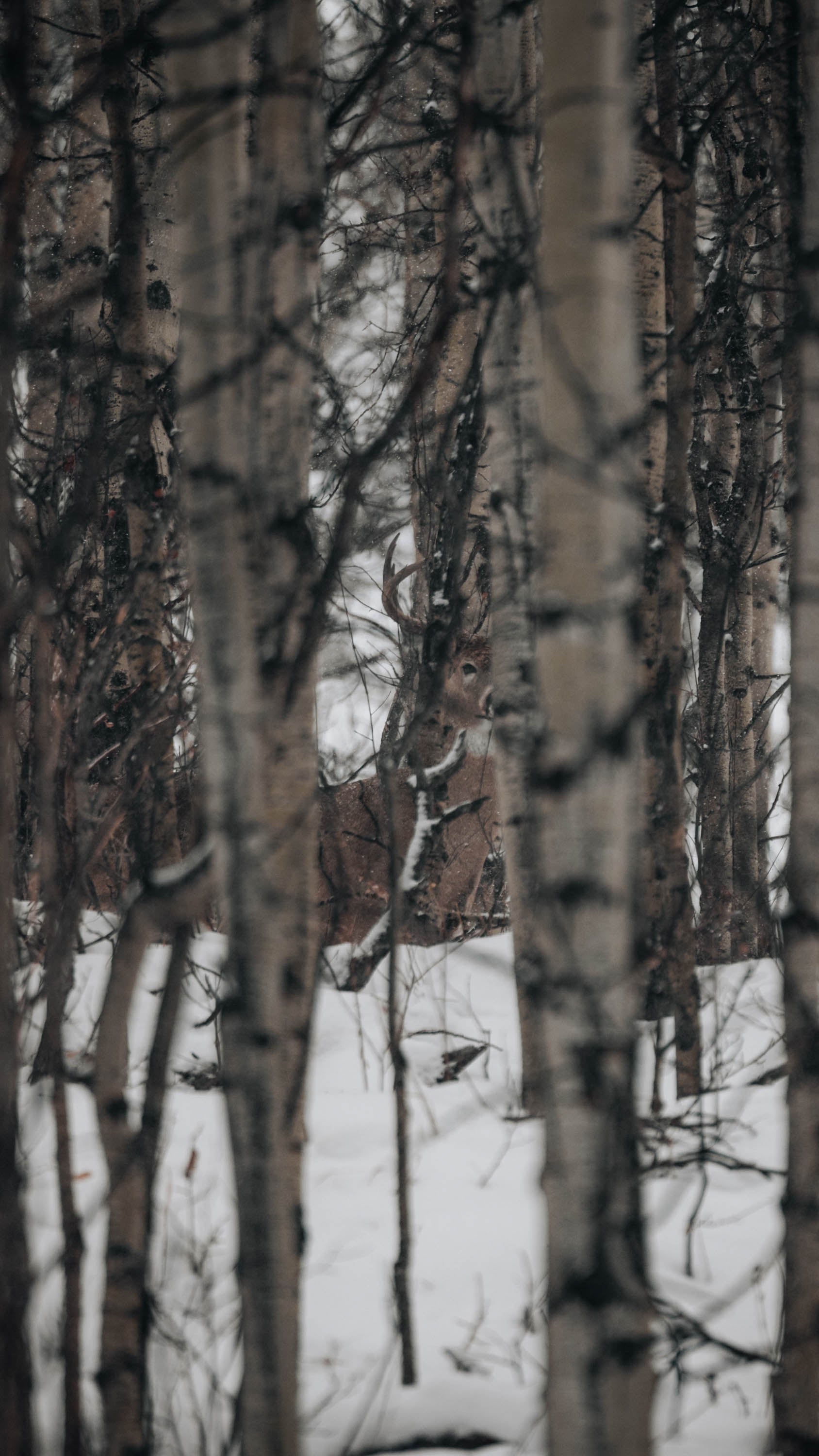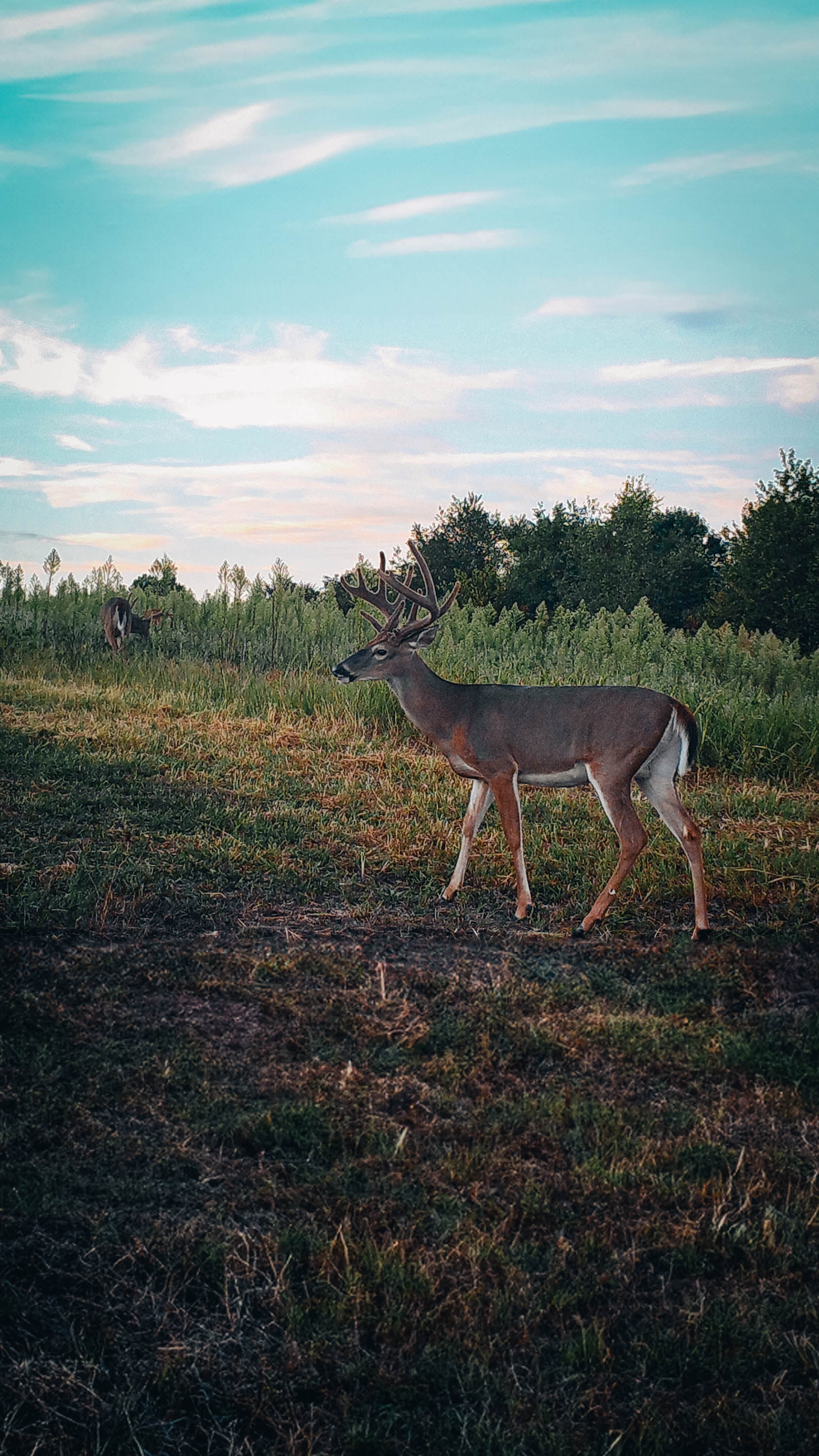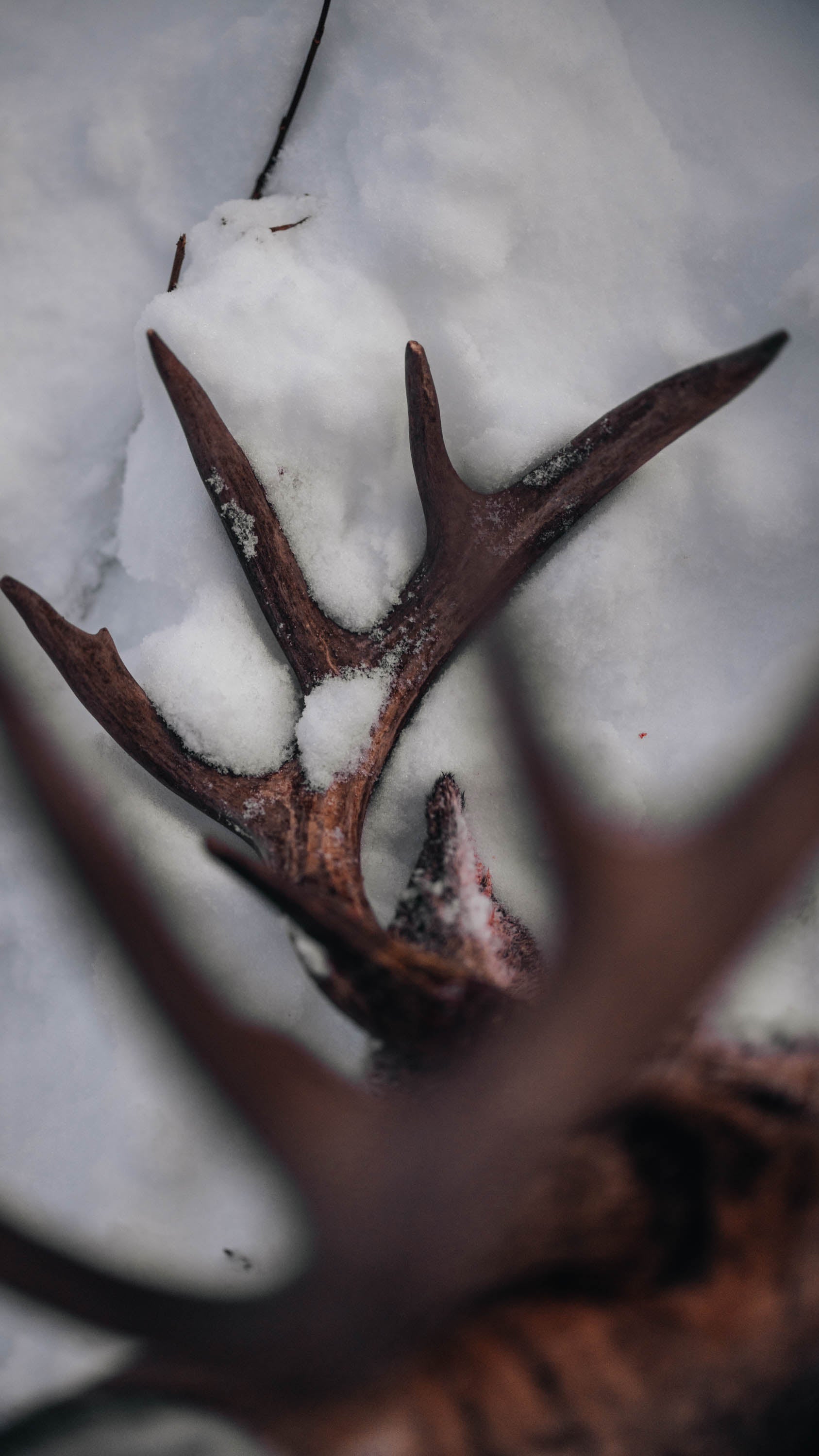
Bedding Areas 101 - How to Hunt?
Hunting bedding areas of whitetail deer can be a strategic approach, but it should be done with caution and careful consideration. Here are some factors to keep in mind when deciding when to hunt bedding areas:
-
Pre-rut and Rut Phase: During the pre-rut and rut phases, bucks are more active and may be found near or within bedding areas as they search for does. This can be a good time to hunt bedding areas, as bucks may be more vulnerable and less cautious.
-
Weather Conditions: Pay attention to weather conditions, as they can influence deer movement. Hunting bedding areas on cool, overcast days or during light rain can increase your chances of encountering deer, as they are more likely to be active and moving around.
-
Time of Day: Early morning and late evening are typically the most productive times to hunt bedding areas. Whitetail deer are crepuscular animals, meaning they are most active during low-light periods. Set up near bedding areas well before sunrise or a few hours before sunset to catch deer as they leave or return to their bedding areas.
-
Scouting: Prior scouting is essential when hunting bedding areas. Spend time observing deer movement patterns, identifying bedding locations, and understanding the topography and terrain features. This knowledge will help you choose the best spots for your hunting setup. Scouting plays a crucial role in understanding the entry and exit routes of deer when hunting bedding areas. By observing and gathering information about the deer's movement patterns, hunters can plan their approach to accessing and leaving these areas more effectively while minimizing disturbance. During scouting, one of the key objectives is to identify the well-used trails and signs of deer movement in and around bedding areas. This includes tracks, rubs, scrapes, and droppings. By locating these trails, hunters can determine the primary travel routes of deer and use this information to plan their entry and exit routes accordingly. Choosing stealthy routes is essential to avoid alerting deer when accessing and leaving bedding areas. Through scouting, hunters can identify natural features that provide concealed access, such as ridges, creek bottoms, or dense cover. These routes allow hunters to move quietly and avoid open areas or creating unnecessary noise that may spook deer. Having multiple entry and exit routes is advantageous to avoid establishing a predictable pattern. Scouting helps hunters identify and map out various routes to and from bedding areas. By having multiple options, hunters can adapt their approach based on factors such as wind direction, hunting pressure, or changes in deer behavior, which can increase their chances of success. Wind direction is a critical consideration when hunting bedding areas. By studying the prevailing wind patterns in the area during scouting, hunters can plan their entry and exit routes accordingly. It's crucial to choose routes that keep the wind in their favor, carrying their scent away from the bedding areas and minimizing the risk of detection by deer. Preserving sanctuaries is another important aspect of scouting. By identifying sanctuary areas where deer feel secure and undisturbed, hunters can avoid encroaching on these sensitive locations. During scouting and hunting, it's crucial to plan entry and exit routes that steer clear of these sanctuaries to maintain their integrity and minimize disturbance. To minimize disturbance to bedding areas, hunters should avoid walking through or close to these locations. Through scouting, hunters can pinpoint the areas where deer bed down and plan their entry and exit routes to keep a safe distance. This approach prevents spooking deer from their preferred bedding spots and increases the chances of encountering them during the hunting session. Scouting is an ongoing process that allows hunters to adapt to changing conditions. By regularly observing and gathering information about deer behavior, bedding patterns, and changes in the landscape, hunters can adjust their entry and exit routes as needed. This flexibility ensures a more stealthy and effective approach when accessing and leaving hunting areas without disturbing the bedding areas of deer. In conclusion, scouting is an essential practice for understanding deer movement and planning entry and exit routes to bedding areas. By gathering information, choosing stealthy routes, considering wind direction, preserving sanctuaries, and minimizing disturbance, hunters can enhance their chances of success and maintain the integrity of the hunting area. Continuous scouting and adaptability are key to maximizing hunting opportunities while minimizing the impact on deer behavior.
-
Wind Direction: Pay close attention to wind direction when hunting bedding areas. Position yourself downwind or crosswind from the bedding area to minimize the chances of your scent alerting deer to your presence. This will increase your chances of remaining undetected and getting close to deer.
-
Pressure and Hunting Pressure: Be mindful of hunting pressure in your area. If an area experiences heavy hunting pressure, deer may become more nocturnal or alter their bedding patterns. Adjust your hunting strategy accordingly, focusing on areas with minimal hunting pressure or where deer feel secure.
-
Late Season: As the hunting season progresses and deer become more wary, hunting bedding areas can become more challenging. Deer may alter their bedding patterns or choose more secluded bedding areas. During late season, focus on transitional areas between bedding and feeding areas instead of directly hunting bedding locations.
Remember, hunting bedding areas requires a deep understanding of deer behavior and careful planning. Always prioritize safety, ethical hunting practices, and follow local regulations. Additionally, ensure you have permission to hunt in the specific areas you plan to target.

